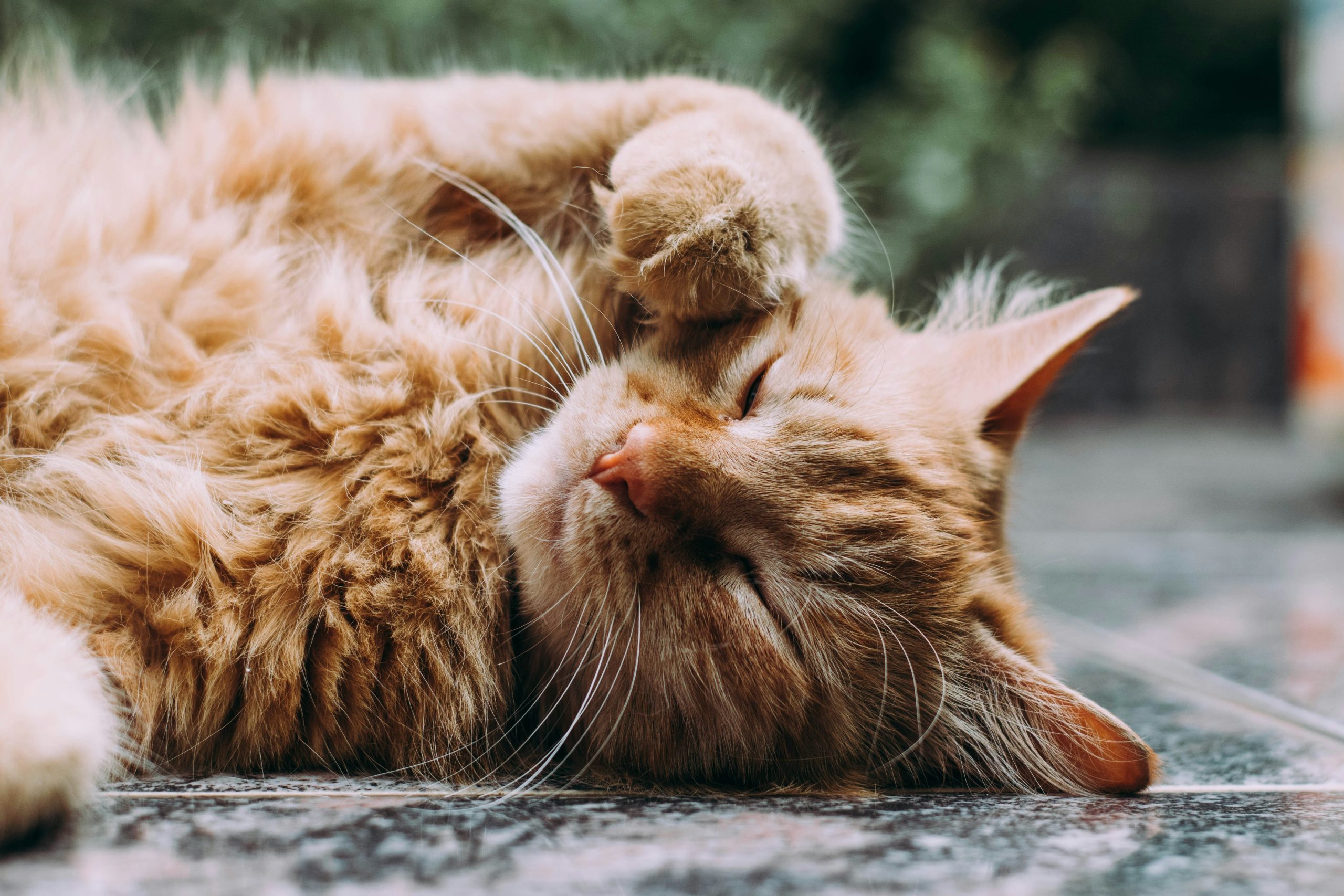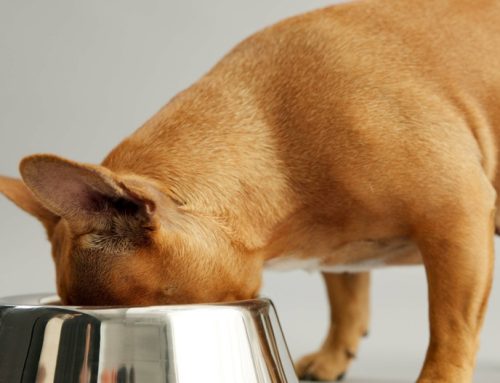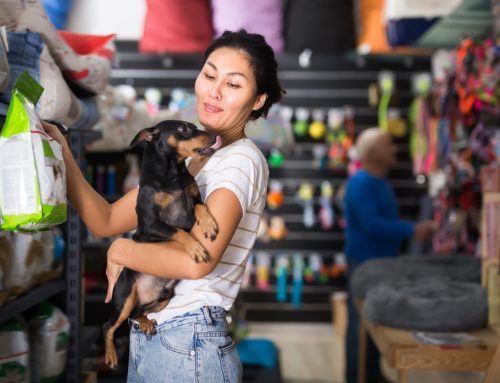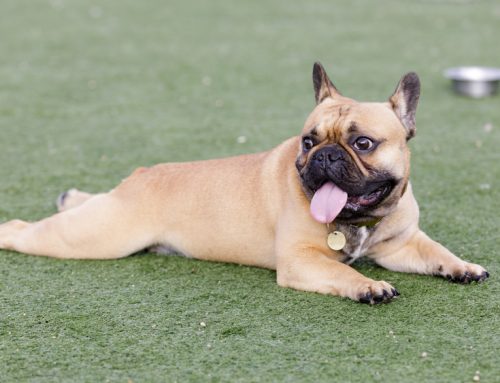Knowing how to keep your pet safe when the temperature rises is crucial, especially during the scorching summer months. Many pet owners don’t recognize the dangers high temperatures pose to their best pals or how to protect them effectively.
Heat is an often overlooked threat to pets, with dogs and cats being particularly vulnerable to high temperatures. Unlike people, pets have limited ways to cool down, primarily through panting and minimal sweating through their paws. Read our Companion Care Animal Clinic team’s tips on how to prevent your pet from developing a heat-related illness this summer.
Dogs and cats keep their cool differently when hot
Dogs mainly cool off by panting, letting moisture on their tongues evaporate to cool their bodies. Cats groom themselves more often to promote cooling through saliva evaporation. However, these methods can fall short during extreme heat. At Companion Care Animal Clinic, we know how vulnerable pets can be to heatstroke and dehydration. Understanding these differences helps you better protect your pet during hot weather.
Signs your pet is overheating
Being able to spot your pet’s early heat exhaustion signs can prevent the condition from turning into heatstroke, which can be fatal. Signs that your dog or cat is overheating may include:
- Excessive panting or rapid breathing
- Drooling and excessive salivation
- Weakness or lethargy
- Vomiting or diarrhea
- Seeming uncoordinated or collapsing
How to keep your pet cool indoors and outdoors
Whether your pet stays indoors or goes outdoors when the temperature skyrockets, you need to know how to help them stay cool and protect their health. Consider these pet cooling tips:
- Provide shade — Ensure your pet has access to a cool, shaded area both indoors and outdoors. Run fans or air-conditioning inside, and provide shaded spots, such as a canopy or tree, outside.
- Encourage lying on a cool surface — Pets can cool down by lying on cool surfaces such as tile or marble. Specially designed cooling mats can also help reduce your pet’s body temperature.
- Avoid midday heat — Restrict outdoor activities to early morning or late evening when the temperature is cooler.
Ensure your pet stays hydrated
Hydration is always important. However, when the temperature rises, pets need water more than ever. Ensure your pet stays hydrated by following these tips:
- Offer multiple water stations — Place water bowls in various locations around your home and yard to encourage your pet to drink frequently. Ensure the water is fresh and cool by changing it regularly.
- Make ice cubes and frozen treats — Adding ice cubes to water bowls or offering frozen pet-safe treats can help keep your pet hydrated and is just plain fun!
Exercise your pet safely during hot weather
Daily physical activity is essential for your pet’s physical and mental health. During the summer, be mindful of your pet’s exercise intensity and duration. Consider the following:
- Short, leisurely walks — Opt for short, frequent walks rather than long sessions. Plan to go out during the morning or evening when the temperature is cooler.
- Water activities — If your pet enjoys water, let them play in a shallow kiddie pool or run through a sprinkler. Always supervise water activities to ensure your pet stays safe.
Pet heat-related emergency: Lifesaving cool-down steps
Even by following the best measures to prevent your pet from developing a heat-related illness, emergencies can still happen. By knowing what to do if your pet exhibits overheating signs, you can make a significant difference in their recovery by following these steps:
- Step 1. Move to a cool area — Immediately take your pet to a shaded or air-conditioned space to help lower their body temperature.
- Step 2. Offer water — Offer your pet sips of cool—not cold—water. To help prevent them from vomiting, don’t allow your pet to drink a large amount. If they’re not interested in drinking, keep their water bowl easily accessible.
- Step 3. Cool with tepid water — Apply cool, water to your pet’s body, especially on the neck, armpits, and between the hind legs. You can also gently wet their ears and paws.
- Step 4. Run a fan — Position a fan to blow cool air over your pet, enhancing the wet towels’ cooling effect.
When to seek veterinary care

Ensure that you know where your local animal emergency veterinary hospital is located in the event of an emergency. While your pet may seem to be improving, heatstroke is dangerous and you must get them checked out to confirm that they have suffered no long-term internal organ damage and to ensure that they make a full recovery.
Preventing your pet from getting overheated during hot weather is essential for their health and well-being. By understanding the risks, implementing preventive measures, and knowing what to do in an emergency, you and your pet can have a safe and relaxing summer. If you have further questions about keeping your pet healthy when the temperature skyrockets, call our Companion Care Animal Clinic.







Leave A Comment